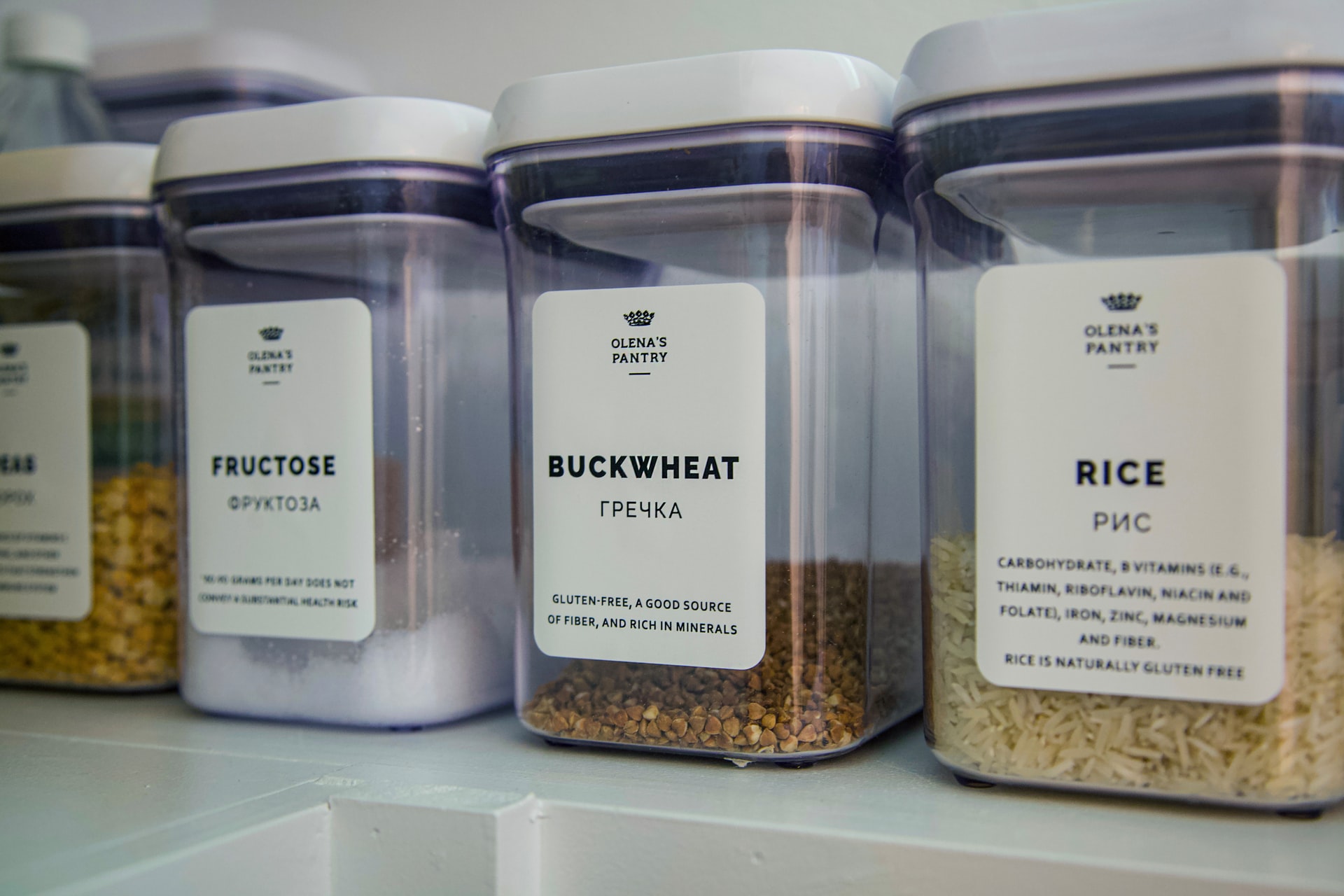
For many of us, the information on food labels sounds so mysterious that we don’t bother with it. Meanwhile, it’s worth taking a moment to learn how to read them in order to shop consciously.
Children would like to eat with their eyes – they pay attention especially to sweet or salty products packed in colorful boxes. They are often highly processed and have no nutritional value. Children’s diet should be balanced and adjusted to their age, it must also take into account possible food allergies, which children suffer from much more often than adults. Thanks to proper nutrition our kids will develop in a healthy way, and this should be considered as the strongest argument for careful reading of the composition of food products.
Reading labels may seem to be a complicated task, but it is enough to remember a few basic rules in order to consciously choose and buy.
For the sake of order, let us remind you that you should buy products only fit for consumption, so not expired. On the labels we can see two terms:
If you are already sure that the product you have reached for has a valid expiration date, read the rest of this information.
The shorter the better. Remember that the ingredients used to make a product are listed in descending order, which means that the substances with the highest percentage are listed first.
Avoid products in which you see unknown and mysterious-sounding substances. Also do not choose those with a large amount of salt and sugar, but remember that sugar can be hidden under other names, for example: glucose, molasses, fructose, maltodextrin, maltose, mannitol, sorbitol, glucose-fructose syrup.
Also watch for too many additives with the “E” symbol in the ingredients. Although these substances are added to foods in safe amounts, they can cause allergic reactions in some people, especially children.
Food manufacturers must include a warning on labels about food allergens such as nuts, eggs, milk, etc. If your child is allergic to something, always look for this information carefully so as not to harm your child’s health.
After reading the ingredients, also check the nutritional table to know how many calories and nutrients the product has. For children, choose products that are low in sugar, salt and fat, and high in protein, vitamins, dietary fiber, complex carbohydrates.
Main Photo: Tamara Malaniy/unsplash.com